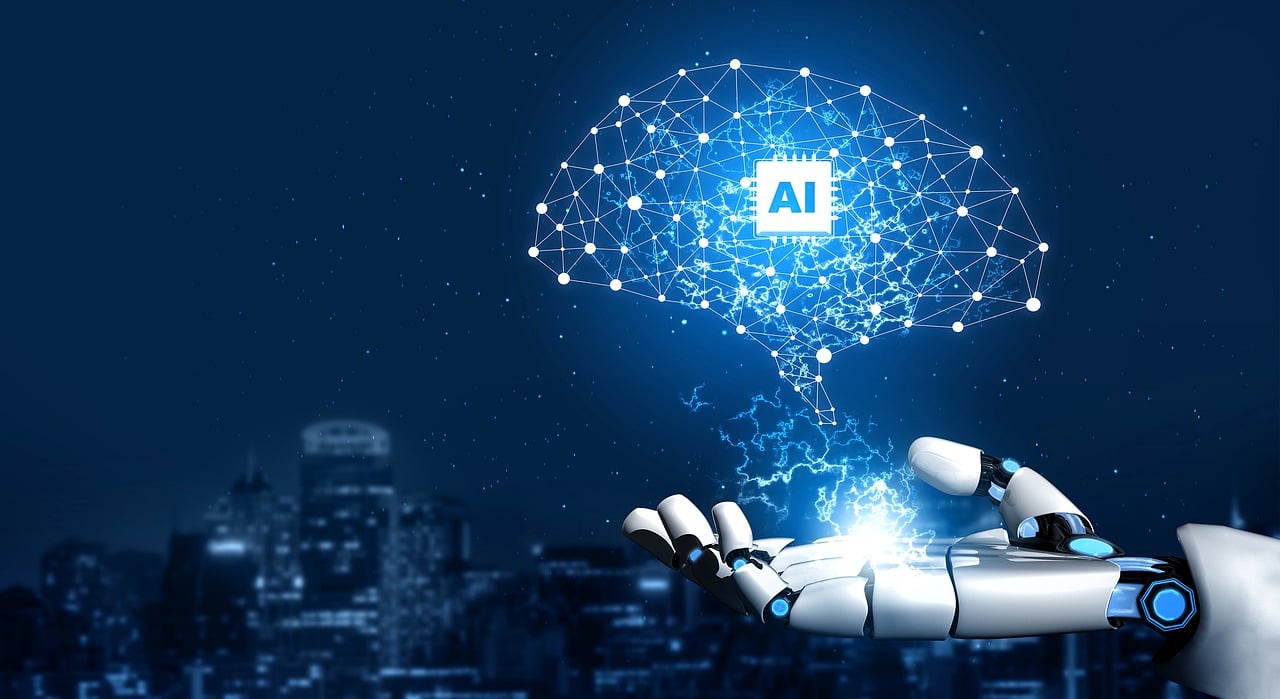In an era marked by increasing environmental challenges, the role of technology in conservation efforts has become more crucial than ever. Among the array of technological advancements, Artificial Intelligence (AI) is emerging as a powerful tool in the fight for environmental sustainability. With its ability to process vast amounts of data and derive valuable insights, AI is revolutionizing the way we approach conservation efforts. Let’s explore how AI technologies are making significant strides in optimizing energy usage, predicting natural disasters, monitoring wildlife populations, and aiding in climate change research.
Optimizing Energy Usage:
Energy consumption is a significant contributor to environmental degradation, and optimizing its usage is paramount to achieving sustainability goals. AI is playing a pivotal role in this aspect by analyzing energy consumption patterns and suggesting strategies for efficiency.
For instance, AI-powered systems can analyze data from smart meters, weather forecasts, and building sensors to optimize energy usage in buildings. By adjusting heating, cooling, and lighting systems based on occupancy and weather conditions, AI can significantly reduce energy waste without compromising comfort.
Moreover, AI algorithms are being employed in the renewable energy sector to enhance the efficiency of solar and wind power generation. These algorithms can forecast energy production based on weather patterns and adjust system parameters accordingly, maximizing the utilization of renewable resources.
Predicting Natural Disasters:
Natural disasters pose significant threats to both human lives and the environment. AI technologies are proving to be instrumental in predicting and mitigating the impact of such disasters.
AI algorithms can analyze vast amounts of geospatial data, such as satellite imagery and weather patterns, to predict events like hurricanes, floods, and wildfires. By detecting early warning signs and identifying vulnerable areas, authorities can take proactive measures such as evacuations and resource allocation to minimize the impact of disasters.
Additionally, AI-powered drones equipped with sensors can assess post-disaster damage and provide real-time data for rescue operations and recovery efforts. This swift and accurate information can save crucial time and resources in emergency response.
Monitoring Wildlife Populations:
The decline of wildlife populations due to habitat loss, poaching, and climate change is a pressing environmental concern. AI technologies are aiding conservationists in monitoring and protecting endangered species.
AI-driven camera traps and acoustic sensors can automatically identify and track wildlife, providing valuable data on population trends and behavior. This data enables conservationists to develop targeted conservation strategies and allocate resources effectively.
Furthermore, AI-powered algorithms can analyze DNA samples from wildlife to identify individuals and track their movements. This technique, known as “genetic fingerprinting,” is instrumental in combating illegal wildlife trafficking and protecting endangered species.
Aiding in Climate Change Research:
Climate change is one of the most urgent environmental challenges we face today, and AI is proving to be a valuable ally in climate change research.
AI algorithms can analyze climate data from various sources, such as satellites and weather stations, to model climate patterns and predict future trends. This modeling helps scientists understand the impacts of climate change and develop strategies to mitigate its effects.
Moreover, AI is facilitating climate change adaptation by optimizing resource allocation and infrastructure planning. For example, AI-driven simulations can predict the effects of rising sea levels on coastal communities and inform the design of resilient infrastructure.
In conclusion, the potential of AI technologies to contribute to environmental conservation is vast and multifaceted. From optimizing energy usage and predicting natural disasters to monitoring wildlife populations and aiding in climate change research, AI is driving innovation and efficiency in our efforts to protect the planet.
In conclusion, the integration of Artificial Intelligence (AI) into environmental conservation efforts represents a monumental step forward in our quest for sustainability and the protection of our planet. AI technologies offer a range of capabilities that are revolutionizing how we approach energy optimization, natural disaster prediction, wildlife monitoring, and climate change research.
By optimizing energy usage through AI-driven systems, we can reduce waste and increase the efficiency of renewable energy sources, paving the way for a more sustainable energy future. Additionally, AI’s ability to predict natural disasters enables authorities to take proactive measures to protect lives and mitigate the devastating impacts of hurricanes, floods, wildfires, and other catastrophes.
In the realm of wildlife conservation, AI-powered tools such as camera traps, acoustic sensors, and genetic fingerprinting are providing invaluable insights into animal populations and behaviors. This data is crucial for developing targeted conservation strategies and combating illegal wildlife trafficking, helping to safeguard endangered species for generations to come.
Furthermore, AI’s role in climate change research cannot be overstated. Through the analysis of climate data and modeling future trends, AI is empowering scientists to better understand the complexities of climate change and develop effective mitigation and adaptation strategies. From predicting the effects of rising sea levels to informing resilient infrastructure design, AI is a powerful ally in our fight against climate change.
However, as we embrace these advancements, it is essential to proceed with caution and mindfulness of ethical considerations. Transparency, collaboration, and responsible use of AI are paramount to ensuring that these technologies benefit both the environment and society as a whole.
As we stand at the intersection of AI and environmental conservation, the future holds great promise. By leveraging the capabilities of AI in harmony with traditional conservation methods and ethical guidelines, we can work towards a more sustainable and resilient planet for current and future generations. Together, we can harness the power of AI to protect and preserve the natural world that sustains us all.



